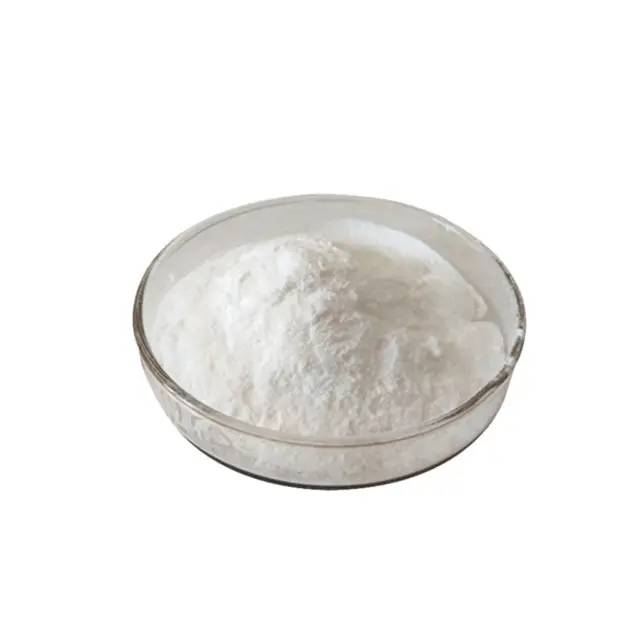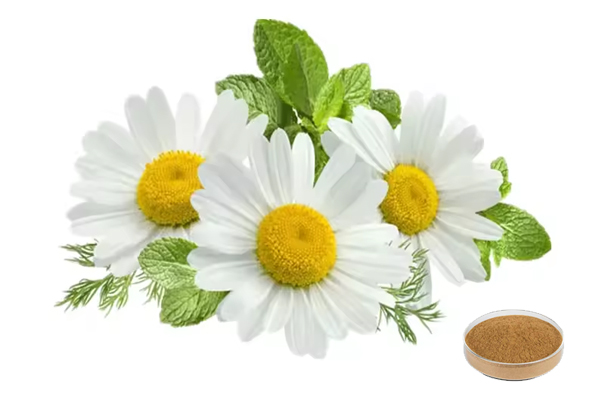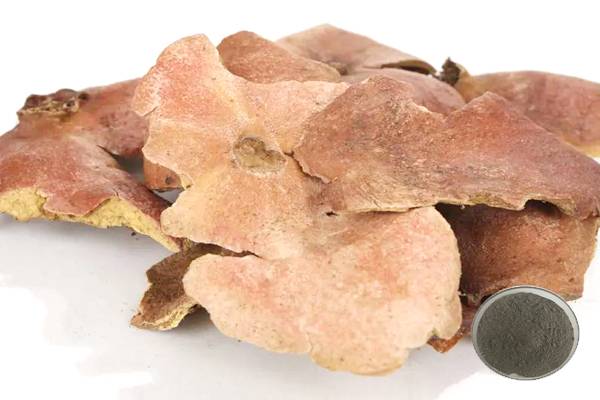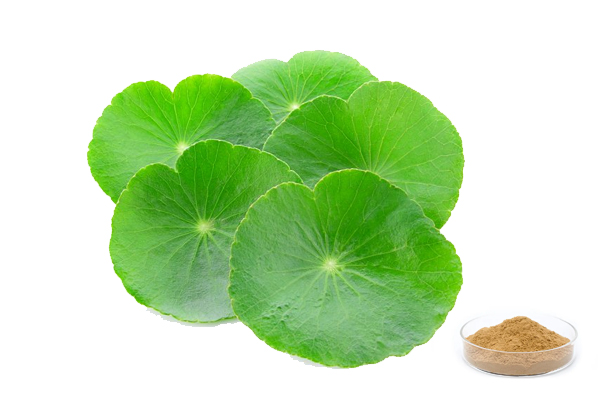Косметическое сырье гиалуроновая кислота порошок
Название продукта: гиалуроновая кислота навалом
Проверка: 95%
Молекулярный вес :800K-1500K Da
Сорт: косметика сорт; питание сорт
Внешний вид: белый порошок
- 3. Описание
- Спецификация данных
- Свидетельство о допущении
-
Что такое гиалуроновая кислота порошок?
Гиалуроновая кислота- да- да.also known as hyaluronic acid, abbreviated HA (hyaluronic acid), molecular formula (C14H21NO11)n, is D-glucuronic acid and N-acetylglucosamine composed of macromolecular mucopolysaccharides. It is widely found in connective tissues and the extracellular matrix of animals and the human body, such as joint cavity, skin, eye vitreous, cartilage, umbilical cord, and other tissues. Hyaluronic acid has strong viscoelasticity and hygroscopicity and is an important component of the extracellular matrix, with hydration and moisturizing, lubrication, and other unique effects, but also for cell repair. The sodium salt compound of hyaluronic acid is stable in nature, so sodium hyaluronate is often used, and hyaluronic acid, which is often mentioned in cosmetics, is sodium hyaluronate.
Поставки технологий < < зеленый источник > > food-grade sodium hyaluronate, cosmetic-grade sodium hyaluronate, and specific low molecular weight hyaluronic acid. Specific low molecular weight hyaluronic acid powder is a specially treated hyaluronic acid with a molecular weight ranging from 1,000 kDa to 3,000 kDa. The lower molecular weight of specific low molecular weight hyaluronic acid compared to regular hyaluronic acid results in a looser molecular structure that is more readily absorbed by the skin, resulting in better moisturizing and anti-aging properties. In addition, Specific Low Молекулярный вес Hyaluronic Acid promotes skin cell regeneration and repair, helping to alleviate the symptoms of skin damage and aging. It is precisely controlled, uniformly distributed, and structurally stable, providing better moisturizing and anti-aging properties.
Green Spring Technology is a leading biotechnology company in China, established in 2000. It has been dedicated to the research, development, and supply of effective natural ingredients. Its products are primarily used in dietary supplements, nutritional products, cosmetics, and other applications. The company has a comprehensive quality management system in place, strictly adhering to quality standards such as ISO and HACCP to organise production. Green Spring Technology has established a comprehensive traceability system, ensuring that all products are traceable. Each product undergoes detailed testing and production reporting from raw material sourcing to finished goods, ensuring that every stage of the production process is controllable and traceable.
Green Spring Technology has obtained multiple certifications, including Halal, Kosher, COSMOS, BRC, IFS, FDA, ISO 9001, ISO 22000, EU Organic, and USDA Organic. It can provide authoritative third-party testing reports.
Технические характеристики:
Название продукта
Масса гиалуроновой кислоты
Кас-нет.
9004-61-9
3. Анализ
90% от общего числа
Molecular Weight
800K-1500K Da
Оценка по классу
Класс косметики; класс пищи
Метод испытания
Уф-излучения (UV)
Внешний вид
Белый порошок,
Остатки пестицидов
Соответствует стандарту (ес) No 396/2005
Правила и положения:
Он соответствует правилам ес.
Learn More About Our Fully Compliant, Consistent, Traceable Hyaluronic Acid Raw Material Solutions.
Хочешь услышать цитату?Benefits:
Moisturising
Hyaluronic acid is essentially a mucopolysaccharide which is highly hydrophilic. The carboxyl and other polar groups in the hyaluronic acid molecule can combine with water to form hydrogen bonds. Hyaluronic acid occurs naturally in the body, mainly between the human epidermis and dermis, and mainly plays a role in water retention. According to experiments, hyaluronic acid can absorb up to hundreds of times its own weight in water, making the skin hydrated.
Anti-Bacterial and Anti-Inflammatory
Hyaluronic acid has film-forming characteristics and can easily form a hydrated film to isolate bacteria and provide an anti-inflammatory effect. In addition, hyaluronic acid and proteins combine in the skin matrix to form a protein complex, and the gel formed by this substance ensures the metabolic water-holding function of cells, preventing the invasion of harmful substances and preventing infection.
Repair of Damaged Cells
Hyaluronic acid promotes skin regeneration at the site of injury by promoting the proliferation and differentiation of epidermal cells and scavenging oxygen free radicals. Studies have shown that when the skin has ulcers and mild burns, applying products containing hyaluronic acid powder can relieve pain, accelerate healing and reduce scarring.
Anti-wrinkle
Hyaluronic acid hydrates the skin cells, it not only moisturizes the skin but fills up the cellular spaces, making the skin full and elastic. It also increases the elasticity and firmness of the skin, making it look younger.
Lubricates Joints
Hyaluronic acid is widely found in the bones and joints of the body, connecting tissues, joints, tendons, and cartilage structures, particularly a type of cartilage called hyaline, which covers the ends of bones and provides cushioning. Because hyaluronic acid helps cushion bones and provides resistance to wear and tear, it can be used to alleviate clinical treatments associated with degenerative joint disease.
Hyaluronic acid forms a coating on the synovial membrane of two joint bones and produces synovial fluid. The synovial fluid is a "mucus" that helps the joint absorb shock, maintain flexibility, and deliver nutrients to the cartilage.
Applications:
In the Food Field:
Hyaluronic acid powder can be used as a preservative in the field of food, hyaluronic acid can inhibit the growth of bacteria and molds, and prolong the freshness of food; it can also be used as a nutritional supplement, hyaluronic acid can replenish the hyaluronic acid required by the human body, and promote cellular metabolism and improve immunity. It can also be used as food packaging, with freshness, moisture, noise reduction, and other functions. Commonly, there are hyaluronic acid oral liquids, capsules, tablets, hyaluronic acid snacks, candies, beverages, milk and dairy products, alcohol, and so on.
In Cosmetics:
The advantage of hyaluronic acid in cosmetics is its powerful moisturizing, anti-aging, shaping, and anti-inflammatory effects, which can provide good skin care. At the same time, hyaluronic acid is safe and not easy to cause sensitive reactions, so it has received widespread attention and application. For example, hyaluronic acid can be seen in functional skin care products, facial masks, oral care toothpaste, functional mouthwash, functional shampoo, body wash, and other cosmetics.
In Pharmaceutical:
Hyaluronic acid is commonly found in the biomedical field in eye drops, oral sprays, mucosal patches, joint fillers, and subcutaneous injections for wrinkle reduction and contouring. Medical grade hyaluronic acid should be safe, non-hazardous, and should meet the standards of the World Health Organisation (WHO), and its safety should be verified through clinical trials.


 Английский язык
Английский язык Французский язык
Французский язык На испанском языке
На испанском языке Русский язык
Русский язык Корейская народно-демократическая республика
Корейская народно-демократическая республика На японском языке
На японском языке












